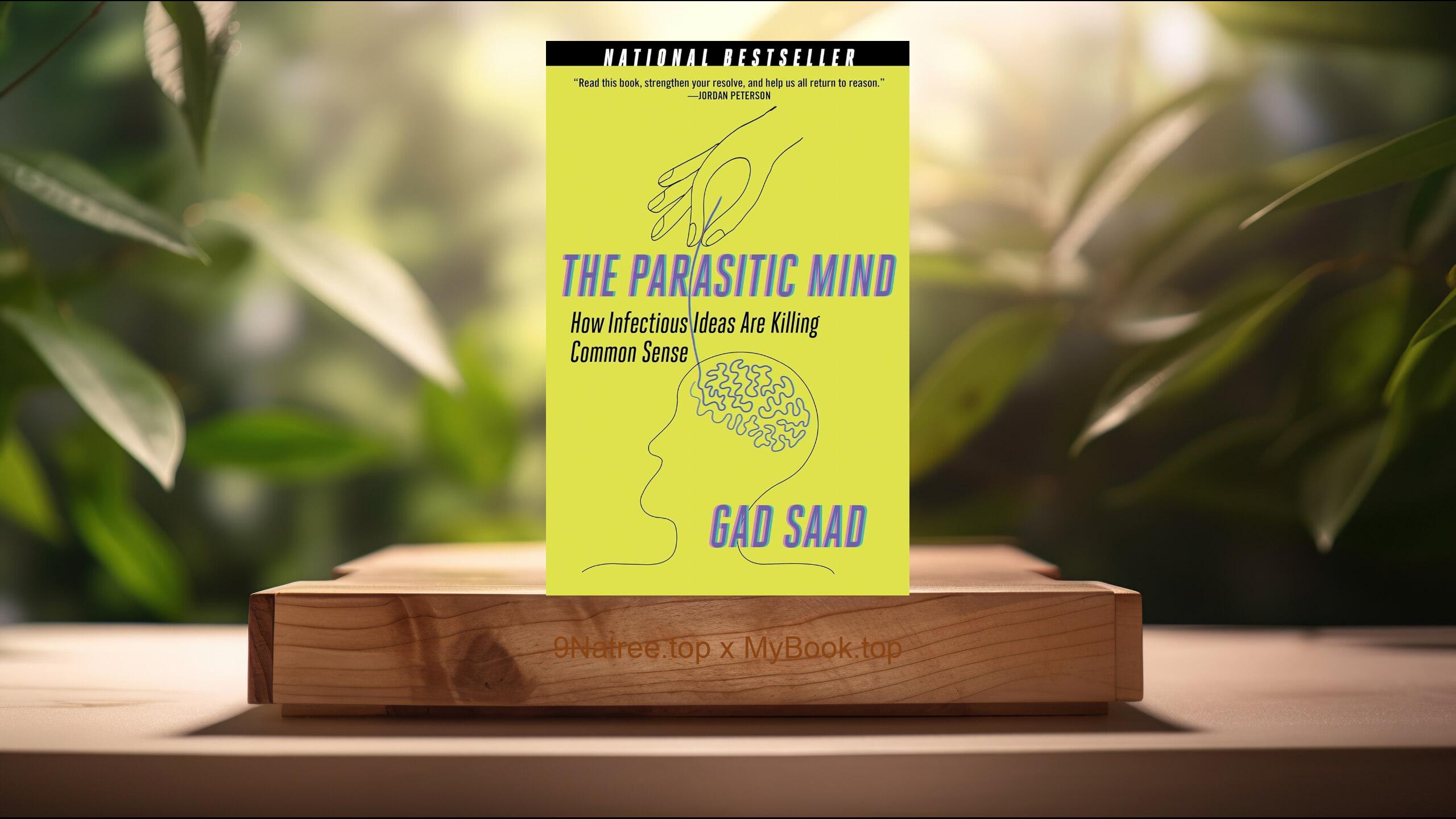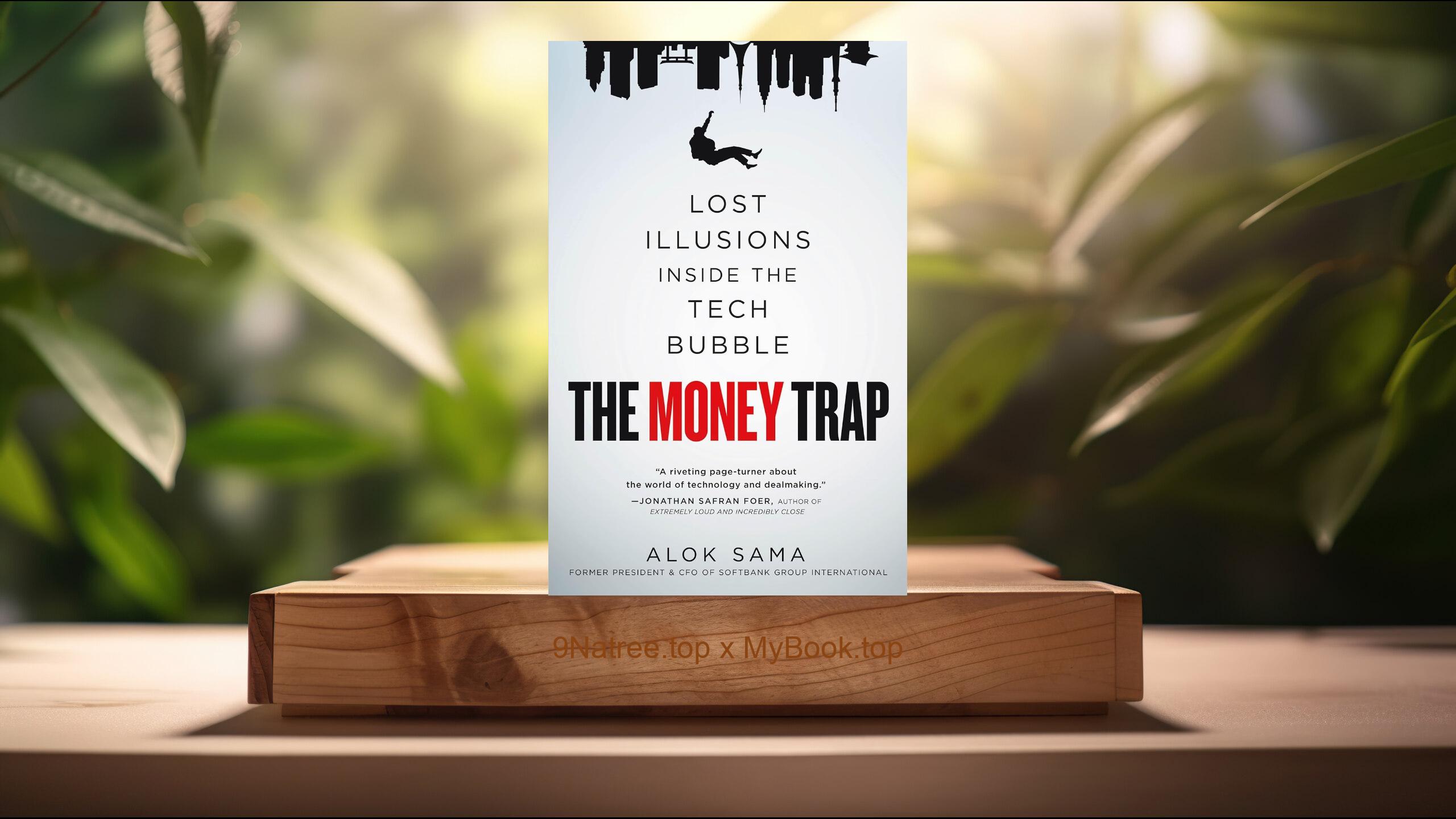Show Notes
- Amazon USA Store: https://www.amazon.com/dp/B008OEMNNQ?tag=9natree-20
- Amazon Worldwide Store: https://global.buys.trade/The-Righteous-Mind-Jonathan-Haidt.html
- Apple Books: https://books.apple.com/us/audiobook/the-secrets-to-creating-character-arcs-a/id1616736889?itsct=books_box_link&itscg=30200&ls=1&at=1001l3bAw&ct=9natree
- eBay: https://www.ebay.com/sch/i.html?_nkw=The+Righteous+Mind+Jonathan+Haidt+&mkcid=1&mkrid=711-53200-19255-0&siteid=0&campid=5339060787&customid=9natree&toolid=10001&mkevt=1
- Read more: https://mybook.top/read/B008OEMNNQ/
#moralpsychology #moralfoundationstheory #socialintuitionistmodel #politicalpolarization #groupselection #TheRighteousMind
These are takeaways from this book.
Firstly, Intuition first, reasoning second, At the heart of the book is a simple but unsettling insight about human judgment: moral intuitions arise rapidly and automatically, while reasoning usually enters later to justify conclusions we have mostly reached already. The mind behaves less like a dispassionate judge and more like a savvy press secretary defending the decisions of a powerful boss. This matters because many people assume that political disagreements can be solved by supplying facts and logic. In practice, however, people tend to accept evidence that fits their intuitions and scrutinize or dismiss evidence that contradicts them. Consider how quickly you form a moral impression when encountering a headline, a public gaffe, or a provocative image. Before any deliberate analysis, your mind offers a feeling of approval, anger, disgust, or pride. Only afterward do reasons surface. These reasons are often sincere and can be sophisticated, but they are usually serving a verdict already delivered by intuition. Social context intensifies this tendency. We reason in groups, seek approval from allies, and fear exclusion. As a result, reasoning frequently becomes strategic rather than exploratory, aimed at persuasion and self justification more than at truth seeking. This does not mean that reasoning is futile. Under the right conditions, it can correct biases and reveal hidden assumptions, especially when people engage respectfully with diverse viewpoints, have incentives to be accurate, or belong to communities that reward intellectual humility. The key is to recognize that persuasion works best by engaging intuitions first. Stories, vivid examples, and moral language are more effective than abstract statistics alone. If you want to change minds, you must first connect to the moral emotions and narratives shaping those minds. The practical lesson is to approach disagreement with curiosity rather than confrontation. Ask what underlying intuition a person is protecting. Are they concerned with harm, fairness, liberty, loyalty, authority, or sanctity. By identifying the intuitive root, you can frame your case in ways that resonate rather than repel. When we stop treating moral reasoning as a simple path to truth and start seeing it as a social activity shaped by identity and emotion, we gain real leverage for building understanding across divides.
Secondly, Moral Foundations Theory: a pluralistic map of morality, The book introduces Moral Foundations Theory, which proposes that human morality is built on several evolved psychological systems. These foundations are like taste buds of the moral sense: everyone has them, but cultures and individuals emphasize them differently, much as cuisines vary in their use of sweet, sour, salty, and bitter. The core foundations discussed are care or harm, fairness or cheating, loyalty or betrayal, authority or subversion, sanctity or degradation, and liberty or oppression. Each foundation has deep evolutionary roots and social functions that helped our ancestors navigate cooperation, conflict, and community life. Care or harm is linked to our capacities for attachment and empathy. It makes us sensitive to suffering and protective of vulnerable others. Fairness or cheating is tied to reciprocity and proportionality, motivating us to reward cooperation and punish free riders. Loyalty or betrayal evolved from the need to form and sustain coalitions, valuing sacrifice for the group and distrusting defectors. Authority or subversion arises from the management of hierarchies, encouraging respect for roles and traditions that coordinate group action. Sanctity or degradation connects to concerns about purity and contamination, helping communities maintain boundaries and proscribe behaviors that threaten cohesion. Liberty or oppression responds to power asymmetries, igniting resistance to bullies and overreaching authorities. Cross cultural research shows that all humans can perceive these moral tastes, but not all cultures cook with them in the same proportions. For example, some communities heavily prioritize care and fairness and view loyalty, authority, and sanctity as optional or even regressive. Others integrate all six, seeing morality not only as protection of individuals but also as preservation of order and identity. These differences become especially salient in politics and religion, where moral arguments are essentially debates over which foundations deserve priority in a given context. Understanding morality as pluralistic changes the conversation. Instead of assuming that opponents are ignorant of morality or simply selfish, we can see that they are often operating with a broader or different moral palate. This framework helps explain why two people can agree on basic facts yet disagree passionately about what should be done. It also provides a practical tool for communication: by identifying which foundations matter to your audience, you can craft messages that feel morally compelling rather than alienating. The theory does not demand moral relativism; it invites moral humility, encouraging careful reflection about when and why to elevate one foundation over others.
Thirdly, Groupishness, religion, and the evolution of cooperation, A striking theme of the book is that humans are not only selfish individuals competing for resources; we are also deeply groupish creatures capable of remarkable cooperation. Evolutionary pressures did not act solely at the level of individuals. Selection at the level of groups, or at least selection on traits that enable group success, likely favored psychological mechanisms that bind people into cohesive teams. This groupishness explains why humans perform synchronized rituals, rally around symbols, and experience powerful belonging with those who share their narratives and norms. Religion, seen through this lens, is not primarily about private belief; it is a social technology that helps create moral communities. By sanctifying rules, embedding them in rituals, and connecting them to ultimate meanings, religions can reduce free riding, increase trust, and expand circles of mutual aid. Congregations provide networks of social support, mutual surveillance, and opportunities for cooperation that can outperform more loosely organized groups. At the same time, these benefits come with trade offs. Strong group identities can harden boundaries, foster distrust of outsiders, and amplify conflicts with rival groups. Haidt describes a human capacity sometimes called the hive switch, the ability to experience self transcendence in groups through dance, music, sports, worship, or collective action. In such moments, personal concerns recede and a sense of we intensifies. This state can motivate heroic sacrifice for the group and make large scale cooperation possible. Yet the same psychology can be harnessed for exclusion, dehumanization, or violent zeal. Understanding the dual edge of groupishness is essential for appreciating both the glory and the danger of moral communities. Practically, this perspective urges leaders, educators, and community builders to cultivate healthy forms of group cohesion. Rituals, shared projects, and common purpose can boost cooperation, but they should be paired with norms that protect dissent, value truth seeking, and humanize outsiders. Secular organizations can learn from religious communities how to create meaning and solidarity, while religious organizations can heed the caution that sacralized values resist compromise and can escalate conflict. By recognizing that our moral psychology was shaped to navigate life in groups, we can design institutions that channel groupish energy toward constructive ends, balancing unity with openness and loyalty with fairness.
Fourthly, Why liberals, conservatives, and libertarians see different moral worlds, Political divisions often persist because citizens are not disagreeing about a single value but prioritizing different moral foundations. Research inspired by Moral Foundations Theory suggests that, in the United States and many similar contexts, people on the left tend to emphasize care, fairness as equality, and liberty against oppression. They are especially sensitive to harm and victimization and often frame policy in terms of protecting individuals and expanding rights. People on the right tend to spread their attention more evenly across all the foundations, including loyalty, authority, and sanctity, and often interpret fairness as proportionality, meaning that rewards should track contributions and adherence to rules. Libertarians, meanwhile, place a heavy emphasis on liberty and exhibit lower sensitivity to care and sanctity, favoring minimal interference in voluntary exchanges. These patterns do not imply that any camp lacks morality. Rather, they reflect moral diversity. When someone speaks from one set of foundations to an audience tuned to others, communication fails. Calls to expand healthcare framed solely in terms of compassion may not convince those who see fairness as rewarding effort and who worry about authority and fiscal prudence. Conversely, appeals to tradition and sacred values can sound oppressive to those who see liberty and harm reduction as paramount. Understanding these differences equips communicators to reframe issues. Environmental protection can be framed not only as preventing harm but also as preserving the purity and beauty of a homeland, honoring stewardship traditions, and punishing corporate cheating. Criminal justice reform can be discussed in terms of restoring proportional fairness, strengthening community loyalty, and reducing oppression by overbearing government. Immigration can be framed as loyalty to national identity and compassion for families, balanced by fair rules and respect for law. The framework also clarifies why people cluster into moral communities and why political diversity within a group can be uncomfortable. Institutions that welcome only one moral voice become echo chambers, gratifying to insiders but puzzling or threatening to outsiders. Yet organizations that harness diverse moral sensibilities can spot blind spots, prevent overreach, and craft policies that command broader legitimacy. For citizens, learning the moral language of other camps is a civic duty. It does not require abandoning convictions; it requires translating them into terms others can recognize as moral. When we acknowledge that our opponents are usually motivated by different moral concerns rather than by malice, the tone of politics can shift from vilification to negotiation.
Lastly, Bridging divides: moral humility, reframing, and better conversations, The practical heart of the book is a set of strategies for engaging people who disagree with you. The first is moral humility. Recognize that your moral matrix highlights certain values and downplays others, and that decent people can rank values differently. This stance lowers defensiveness and opens space for learning. Second, connect before you correct. Because intuition comes first, begin with rapport, respect, and signs of shared identity or concern. Ask questions and find common ground before advancing arguments. When people feel heard, they are more open to reconsidering positions. Third, practice moral reframing. Identify which moral foundations matter most to your audience and articulate your case using those terms. If you are speaking to someone who prizes loyalty and authority, frame a public health message around protecting community traditions and safeguarding the people who keep order, not just around compassion for the vulnerable. If you are speaking to someone who cherishes liberty, emphasize how a policy reduces coercion, decentralizes power, or expands voluntary cooperation. This approach is not manipulation; it is translation. Fourth, trade stories rather than statistics alone. Narratives engage moral intuitions, create empathy, and reveal the lived meaning of values. Follow with evidence and policy analysis, but do not neglect the emotional bridge that stories build. Fifth, invite accuracy and shared truth seeking. Encourage norms that reward changing one’s mind in response to facts, highlight uncertainties, and distinguish between sacred values and negotiable preferences. Diverse groups that value candor and curiosity can outperform homogeneous groups in problem solving, but only when dissent is safe and respected. Finally, design institutions that channel our groupish nature in prosocial ways. Create rituals of appreciation across teams, rotate roles that confer authority, and pair ideological adversaries for joint projects. Use deliberative formats that slow down reactive intuitions and allow reflection, such as structured dialogues where participants restate the other side’s view to the other’s satisfaction before responding. None of these practices guarantee agreement, and some differences will remain deep. But they transform conflict from a zero sum struggle into a process of moral co discovery. You can honor your own foundations while acknowledging the moral reality of others. Over time, this reduces contempt, increases trust, and leads to wiser, more stable compromises. The book equips readers with both the conceptual map and the conversational tools to become bridge builders rather than culture warriors.
![[Review] The Righteous Mind (Jonathan Haidt) Summarized](https://episodes.castos.com/660078c6833215-59505987/images/2169056/c1a-085k3-0v7k6z34irn7-nmxtnn.jpg)




